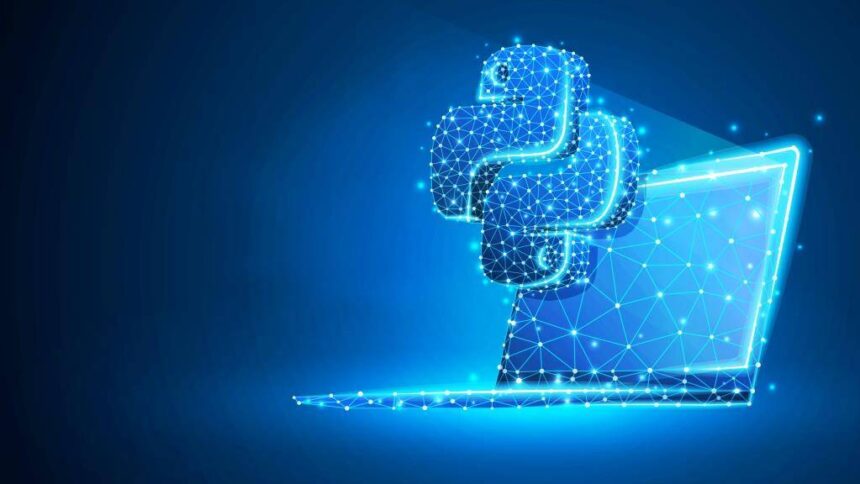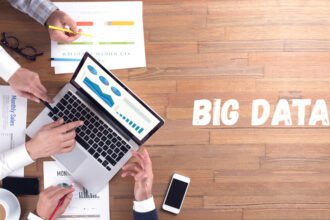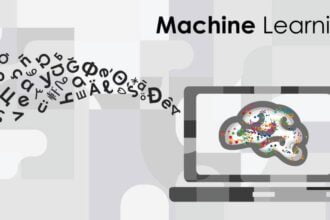Big data is changing the way people learn, and the fact of the matter is that language is one of the most complicated yet sought after packets of information you seek. Because language and communication are so important, people will go and try different means to learn a new language. Using the ability of big data to access and process large sets of information, language can become much easier to learn and communicate.
What is Big Data?
Big Data is a concept that is looking to seek ways to study, and structurally take information from, or deal with data sets that are much bigger or more complicated to be handled by older data processing programs and software. Big data usually involves data with sizes that exceed the capacity of traditional software to process within an acceptable time and value. Big data has several key characteristics.
Volume
This refers to the quantity of the data that has been collected, collated and kept. The size of the data can be determined in the value as bigger datasets hold more information and can lead to more accurate predictive actions
Variety
This refers to the type of information in data sets, helping analysts who study it to more accurately use its information. This can come in many forms like text, pictures, auditory or visual information.
This is one of the reasons that a big data engineering course can be so important. They know how to improve the diversity of data needed to create this range of content.
Velocity
This refers to the speed at which the information is understood and produced to meet the requirements and obstacles that impede its growth and development. Big data is being generated in real-time, unlike small data that is infrequent. Big data is generated at a more continuous rate.
Veracity
This refers to the data quality and data value as the quality of the captured data can differ drastically, which would, in turn, impact the reliability and clarity of the analysis. This information must be processed with advanced tools to uncover anything meaningful or understandable.
How does it affect learning?
When it comes to big data and learning, there are many positives to take away from it. It is possible to gain much insight into different complex situations and problems. This can translate to different aspects like grades, schedules, and participation rates. Big data has been used to help determine students’ success rates, understand what factors and information might be used to increase or hinder a person’s ability to learn. Using big data information, you can be predictive in determining a student and their educational outcome, and how that will affect their prospects. This can help the learning process in putting students under certain paths for success and promoting more focused learning. If you could help predict the success of a student and tailor the information to better cater to their needs, this would, in turn, lead to a more positive learning experience.
Why language?
Languages are some of the most complex information sets out there. The spoken language can be broken into information and data sets that include factors of accents and origins. The written language will factor in sets of different alphabets, with symbols that change from place to place. These complexities translate from written to spoken languages, connecting over multiple platforms. The complications only further increase as different languages translate into one another. With languages, there is a large set of information leaving room for a lot of error. If you could implement a system to take in all that information, and translate that with little error in a time-efficient manner, you would be sitting on a massive opportunity to give people the ability of communication. Big data can make the process of learning languages and formulate a way to limit errors but increase proficiency.
What ways are that this can contribute to the learning process?
There are many language tools out there that do different things. Some tools are used to finding words online, and these tools even help with letters and symbol sets that don’t always make sense and can also help with understanding and translating languages. This can promote and increase the abilities to learn new languages as they decipher quickly the information that you cannot decode, and can put it together with sequences concerning the information provided and surrounding it in a manner that makes sense to you.
Language is not easy to learn. There is a lot of information being exchanged when trying to communicate over 2 or more language barriers. If you incorporated the ability to look through such complicated information and process that information quickly and efficiently the way big data does, your ability to learn has been strengthened that much more. Big data might be the tool that helps to break language barriers and makes communicating with one another that much easier.








